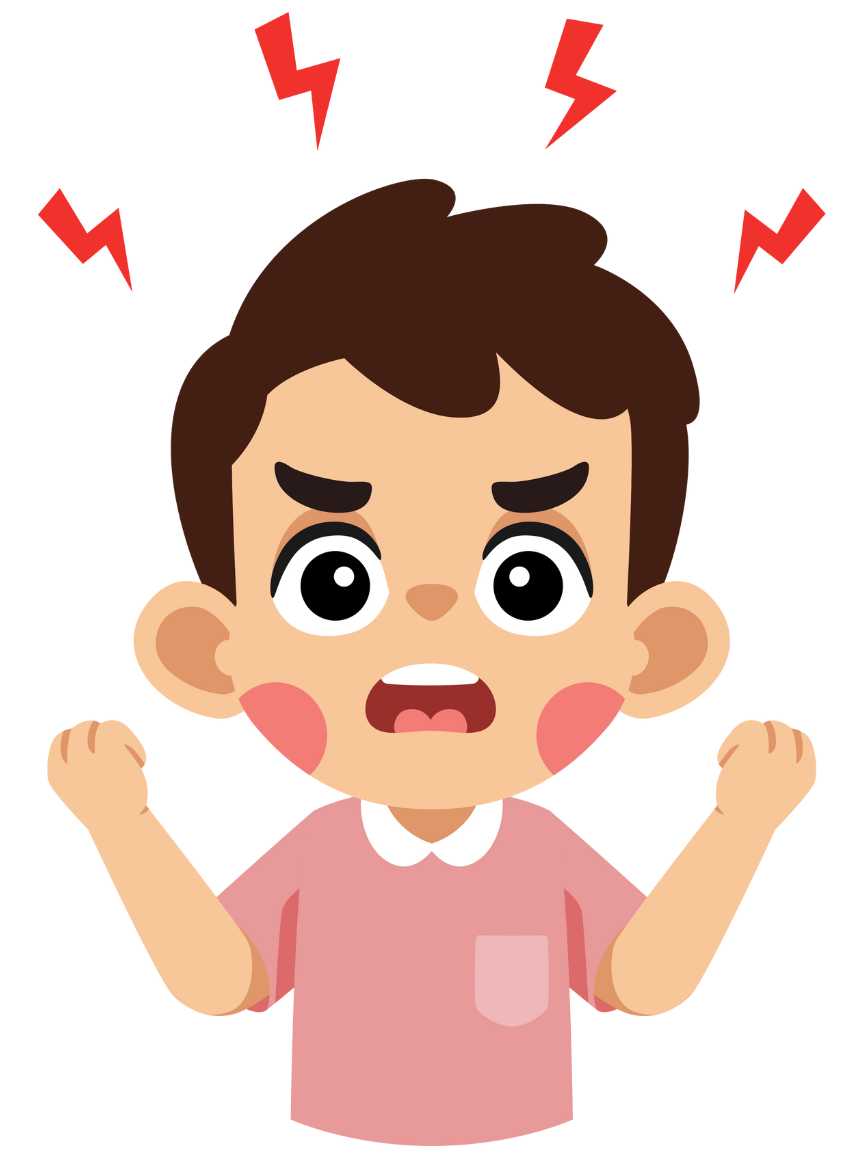There are no items in your cart
Add More
Add More
| Item Details | Price | ||
|---|---|---|---|

We live in an overstimulating world, emotional regulation and focus is one of the most essential skills we can nurture in children.
Yet, many children struggle with staying calm, focused, or in control during moments of stress, transitions, or sensory overload.
This isn’t a failure of discipline or parenting.
It’s simply a reflection of a developing nervous system and developing prefrontal cortex.
❓Did you know that the prefrontal cortex is the decision making part of the brain and it continues to develop till a person is 23-25 years old?
When a child is dysregulated the thinking brain shuts off and the emotional brain takes over. No amount of reasoning with your child helps because the thinking brain has shut down.
Helping our children learn to calm their physical body will help them kick start their Thinking Brain.
Sensorial tools are powerful, developmentally appropriate ways to help children manage their emotions and bodily states. These tools work with the nervous system to ground, soothe, and re-center children, especially in moments of emotional overwhelm.

What Actually Helps: Working with the Body First
Here's the game-changer that most parents don't realize: You have to calm the body before you can reach the mind.
When your child is in full meltdown mode, their nervous system is flooded with stress hormones. Their heart is racing, their breathing is shallow, and their muscles are tense. Until you help their body feel safe again, nothing else will work.
Use Sensory Tools as Your First Line of Defense
Teaching our children to take a pause and stay connected and focused on a sense is a super skill. Here are simple and powerful sensorial regulation tools for kids - broken down by their senses:
SOUND (Auditory)

SIGHT (Visual)

TOUCH (Tactile)

SMELL (Olfactory)

TASTE (Gustatory)

MOVEMENT (Vestibular)

Multi-Sensory Combos:
Why Are Some Children More Prone to Dysregulation?
Not all dysregulation stems from “misbehavior.” Some children are more emotionally reactive or struggle to stay calm due to a range of underlying factors:





Other Things that can Contribute to Dysregulation:
Inconsistent Boundaries or Routines
Children feel safe when they know what to expect. Inconsistency or chaos—at home or school—can create stress and emotional unpredictability.
Basic Needs Not Met:
Hunger, thirst, tiredness, overstimulation, or sensory discomfort (like scratchy clothes or loud noise) are common and often missed triggers for dysregulation.
Children absorb how adults around them manage (or don’t manage) stress. If they frequently witness shouting, blame, or shutdown, they may mirror those same patterns.
Regulation involves multiple skills—emotional literacy, impulse control, problem-solving. If a child hasn’t had time, space, or guidance to develop these, they’ll struggle in moments of stress.
Conditions like ADHD, autism, sensory processing challenges, or learning disabilities can make regulation harder—especially when children feel misunderstood or unsupported.
Building Regulation Skills That Last
You're not trying to eliminate your child's big emotions or create a child who never struggles.
You're teaching them that their feelings are manageable, that their body has wisdom, and that they have tools to help themselves feel better.
Every time you help your child move from dysregulation back to calm, you're literally building new neural pathways in their developing brain. You're teaching them that overwhelming feelings are temporary, that they can trust their body's signals, and that they're not alone in figuring out this complicated world.
Some days will be harder than others. Some tools will work better for your specific child. Some seasons of life will require more support than others. And all of that is completely normal.
The goal isn't perfection - it's progress.
It's a child who gradually learns to recognize when their nervous system needs support, who has a toolkit of strategies that work for their unique body, and who knows they have a parent who believes in their ability to grow through difficult moments.
That's regulation. And that's a gift that will serve them for their entire life.
